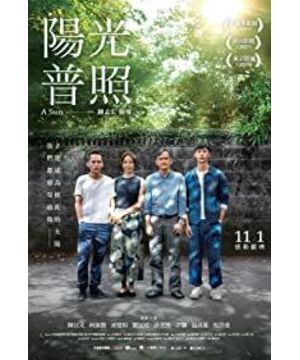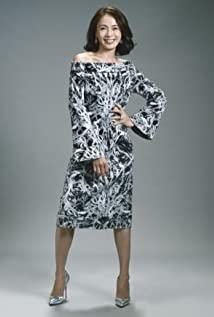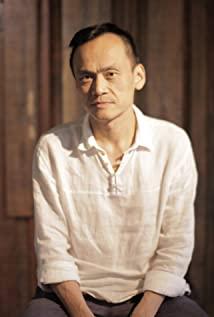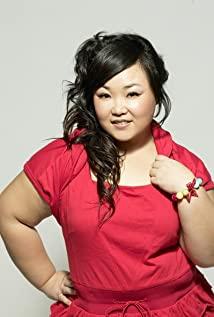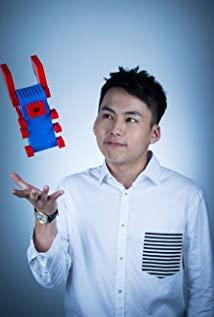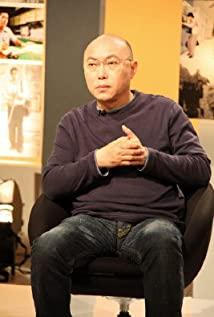The most powerful points in the third act of the film: He saw his broken arm when he reunited with Heilun. Before his death, Caitou finally smoked outside the car instead of inside the car. His father lifted a rock and hit Caitou and turned him over. When I turned over a pile of old things, my father gave me a notebook with "Grasp the Time, Master the Direction". At the end, my mother sat in the back seat of Ah He's car and looked at the sunlight through the trees.
These moments are effective because the same elements have been laid in the first half of the film. When the film is at the end of the film, these elements are touched again and give new meaning, so there is Pay Off.
At the beginning of the film, the close-up of Heilun's hand falling into the soup left a deep impression. When he exposed his broken arm and lifted the soup again, the audience could immediately associate the scene at that time, thus empathizing with Ah He's guilt. At the same time, because I feel the contrast of different situations where the same element is located, I can also more intuitively experience Ah He's growth.
When Caitou found Ah He for the first time because he had a dispute with Ah He because of smoking in the car, the second time Ah He emphasized that he was scolded by the boss for this incident last time, and Cai Tou promised that it would not happen again. When he was waiting for Ah He in the car, he was holding a cigarette in his hand, and finally he went to stand outside the car to smoke. The contrast of smoking inside and outside the car enriched the character. He again naturally asked Ah and for help to explain that he did not take his last promise to heart, so it was surprising when he kept his promise and smoked outside the car. Give people a hint that he is getting better, maybe after this time, he really won't harass Ah He again. The wonderful thing is that Ah He's father killed him at this moment. If there is no positive hint before his death, his father's crime will be weakened a lot, because the audience will not regret a heinous person.
The image of his father lifting up the stone corresponds to the image of Sima Guang lifting up the stone when Ahao tells the story of Sima Guang. This repetition is not obvious, but it has a great metaphorical significance. What Sima Guang used to smash away was the shadow he used to avoid, and so did his father. What he smashed was the despair of his stubborn and ruthless appearance that was unable to help the child.
"Grasp the time and grasp the direction" is the most repeated element in the film. Except for the ones printed in the notebook, the father's training field, the banner of the driving school boss's office, and the background board when the father gives lectures to the trainees, including the father often talk about it. Eight characters. When my father gave the notebook to Ahao for the first time, it was just a very daily action, but it was of great significance. Because these eight characters symbolize the father, the father’s way of education and the way of love, in the end, in Ahao’s room, a stack of notebooks given to him by his father for more than ten years is a symbol of his father’s love and education. The burden in Hao's heart is also the direct reason why he finally chose to commit suicide.
The ending, Ah and riding a bicycle with his mother is really beautiful. The inexhaustible family relationships in the whole film are actually caused by misunderstandings and injuries caused by different perspectives and positions. The first time a bicycle appeared in the film was when his mother mentioned that when Ah He was a child, he always let him ride the bicycle for several hours and he would not stop him. At the end, when she sat in the back seat of Ah He's car, she realized the beauty of the treetops and sunlight passing by, and the wind blowing in her ears. She really took the perspective of her son and began to understand his son.
In addition to these main repetitive elements, the film also uses some simple repetitive techniques to help narrative. For example, before Ahao committed suicide and before his father told about his crimes, there were scenes of dark clouds in the sky, suggesting impending death. The repetition can also help explain the time span in the film. When his brother just died, Ah He pushed the dining cart downhill in the nursery school, and finally set off the dining cart and ran into the playground. And when he pushed the dining car again, he was already at peace, and he also stopped other students' irregular behavior when they were eating. He changed himself. In the next two scenes, the broadcast announced that Ah He was released after serving his sentence. When he walked out of the auxiliary education center, his son, who was waiting outside the door, could already walk. A few simple plays and the use of repeated elements immediately explained the time span and the growth of Ah He clearly, concisely and powerfully.
Repetitive elements are designed, and if you want to achieve the effect, you have to emphasize it, or the audience will forget it. Zhong Menghong emphasized a lot: a close-up of his severed hand shrunk in the soup, which is not easy to forget; a close-up of Caitou holding a cigarette in the car for a long time before smoking for the last time, enough time to interpret his psychology Process: When my father’s notebook was hand-wrapped, I was afraid that the audience would not understand the direction to my father, and my mother had to add a word not to let your dad see. These points are hard to interpret, so the overall interpretation of the film is not difficult. But if the director clearly needs the audience to lag behind the information, he is also very accurate. Before the film reveals the death of Ahao and the death of Caitou, the audience has no hint enough to guess in advance that the two cloud images are repeated. It only makes sense after it is revealed. This is another way, which has little effect on the movie at the time, but it leaves room for aftertaste.
View more about A Sun reviews


